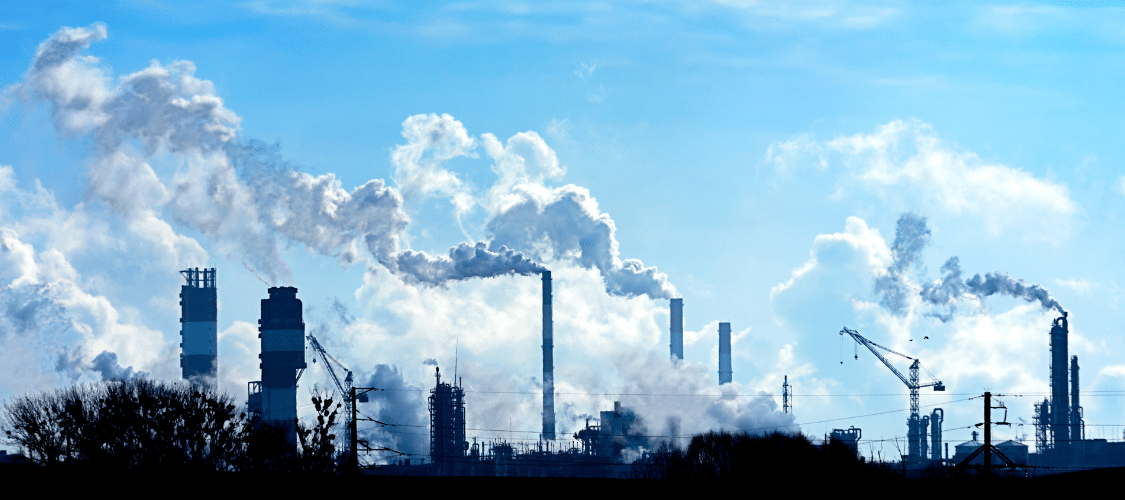The Institutional Investors Group on Climate Change (IIGCC) has published a new version of its Net Zero Standard for Oil and Gas. This is aimed at assisting financial institutions to evaluate oil and gas companies’ climate plans. The standard recognizes the need to cut oil and gas production in line with the IEA’s (International Energy Agency) Net Zero Emissions scenario. Like the Climate Action 100+ benchmark upon which it is based, it suffers from some key conceptual problems, including the lack of prioritization between key outcome-based metrics such as reducing oil and gas production, and procedural metrics such as disclosures. In terms of its content, it fails to require an end to the development of new oil and gas projects, it is vague on acceptable emission pathways, and it is extremely weak on offsets.
Sector standards to complement the Climate Action 100+
IIGCC has more than 400 members from across Europe, mostly pension funds and asset managers, which together represent over €65 trillion in assets under management (1). It is one of the coordinators of the Climate Action 100+ investor initiative, as well as of two of the GFANZ sector alliances, the Net Zero Asset Managers initiative (NZAM) and the Paris Aligned Investment Initiative (PAII).
IIGCC is developing a series of sector-specific net-zero standards designed to complement the sector-neutral “Company Benchmark” of the Climate Action 100+ (CA100+) by providing evaluation tools tailored to individual sectors. The net-zero standards are also intended to provide sector-specific checklists for investors using the Net Zero Investment Framework (NZIF) to assess the alignment of corporate transition plans with 1.5°C (considered in the standard to be interchangeable with “net zero”) (2).
The oil and gas standard is the first of these sectoral net zero standards to be published (3). It incorporates lessons from a pilot version and is to be “used for initial public assessments of leading oil and gas companies in late 2023” (4). The standard provides guidance to investors on how to rank oil and gas companies against 90 binary (yes/no) metrics (5).
All metrics are not equal
A key flaw in the design of the standard, which mirrors a key shortcoming of the CA100+, is that it fails to rank metrics, or groups of metrics, in terms of their importance. This means that oil and gas companies could score zero on the six metrics on IEA-aligned decreases in oil and gas production, but still get a high score overall because of doing well on the other 84 metrics. Similarly the standard does not instruct investors to give higher priority to emission reduction targets than to disclosure and corporate governance indicators. It also focuses more on target-setting rather than actual progress at meeting targets.
This approach of all metrics being equal regardless of their importance on actually aligning emissions with 1.5°C needs to be replaced with an approach whereby some metrics are highlighted as indispensable: if they are not met then the company is not aligned with net zero. An indispensable metric for oil and gas companies must be an end to the development of new oil and gas supply projects: unfortunately ending expansion of oil and gas goes unmentioned in the standard.
Unclear pathways
While the purpose of the standard is to help investors judge whether oil and gas companies are aligned with 1.5°C, it does not clearly insist that companies should follow a 1.5°C pathway. Two metrics score companies on whether their medium- and long-term targets are aligned with a “relevant net zero pathway,” meaning that the penalty for targets that are not aligned with 1.5°C would only be to drop 2 out of 90 possible points.
Furthermore, no clarification is offered on which of the many available net zero pathways it considers to be “relevant”. This approach allows oil and gas companies to choose their own pathways, which even if still ultimately 1.5°C aligned, could involve a significant and dangerous overshoot of this temperature target, and be based on assumptions of unrealistic and unsustainable amounts of negative emissions (6).
The metrics which score companies on their oil and gas production targets are based on the original 2021 version of the IEA’s Net Zero Emissions scenario (NZE). These should be updated to reflect the revised NZE in the IEA’s October 2022 World Energy Outlook. The updated NZE shows a much faster decline in gas production than in the earlier version: -21% between 2021 and 2030, and -72% 2021-2050 (the comparable 2019-2030 numbers given by IIGCC are -7% and -57%) (7).
Allowing “reductions” to be met with junk offsets
The standard takes an unacceptably weak approach to offsets. Its approach is hugely weaker than the positions of the UN High-Level Expert Group on net zero (HLEG), as well as the Science-Based Targets initiative (SBTi), the Race to Zero, and even GFANZ. These last three are entities that IIGCC is either a member of or with which it works closely (8).
Companies can meet up to half of their supposed emission reductions target with the use of offsets without losing any points. A company that met over 50% of its supposed reductions with offsets would lose only 2 points. Companies will receive positive scores for disclosing information on the quantity, type, and certification status of their offsets, but there are no metrics that require any specific offset quality requirements to be met. Yet it is well-documented that a large proportion of offsets are fraudulent, and many have been associated with land grabbing and other human rights issues (9).
IIGCC must push ambition within GFANZ, not weaken it
Beyond the fundamental problems noted above, the oil and gas standard also fails to comply with the recommendations of the Race to Zero, HLEG and GFANZ by not insisting that decarbonization targets be based on both absolute and intensity emission metrics (10). The standard has only vague language on including end-use emissions in decarbonization targets: it states that a companies’ ambition should cover “the most relevant” Scope 3 emissions, but does not define what is meant by “most relevant.”
IIGCC’s mission is to drive “significant and real progress” towards net zero. As a key group within the GFANZ ecosystem, including for its role as a convening organization for NZAM and PAII, its role should be to drive up ambition within GFANZ. Like its US peer organization, CERES, IIGCC is failing in this role.
IIGCC needs to rewrite this standard with a set of minimum requirements for corporate net-zero transition plans, a focus on emission reductions over disclosures, and clarity that a minimum litmus test for an oil and gas company in transition is that it is aligned with the latest version of the NZE, which includes an end to developing new projects to increase hydrocarbon production.



